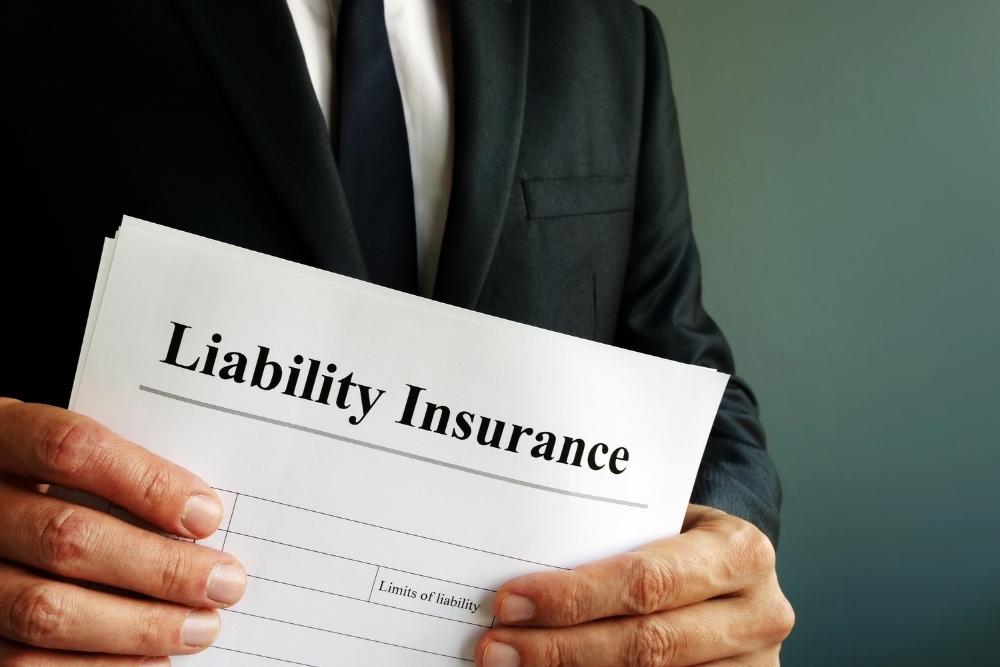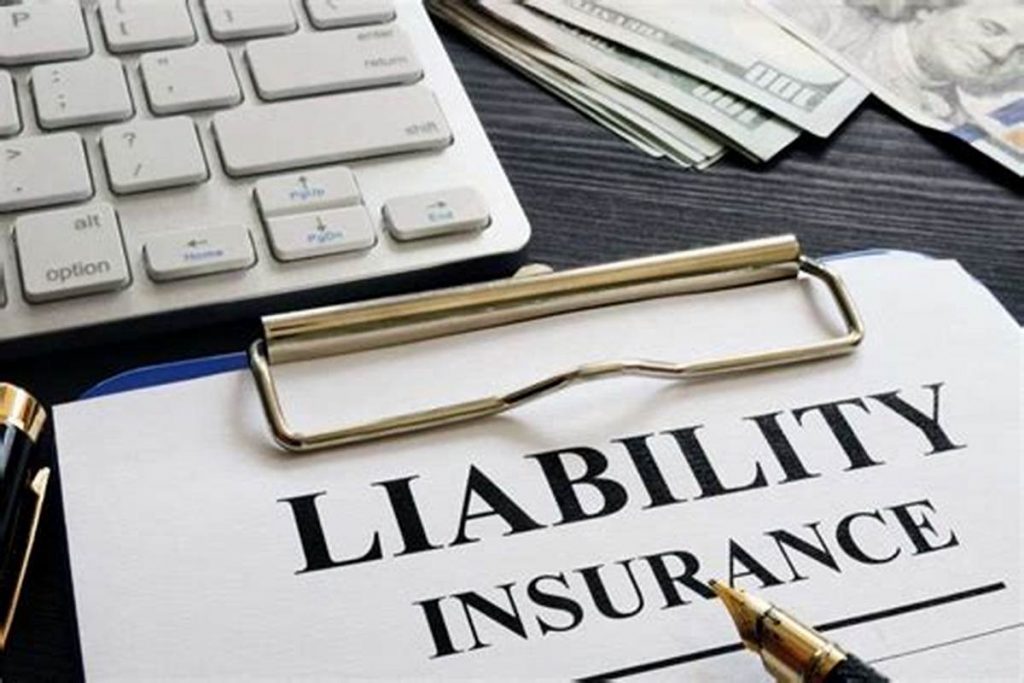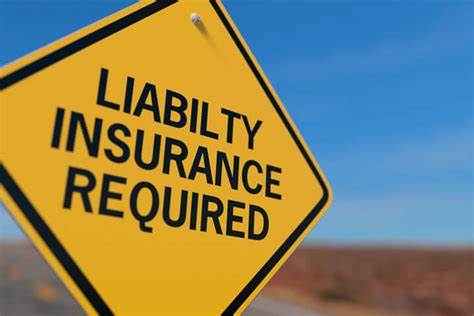Mandatory liability insurance is a legal requirement that every vehicle owner must adhere to in many countries. This type of insurance provides crucial protection against financial losses caused by accidents in which you are at fault. Not only does it help cover medical expenses and property damage for others involved, but it also ensures that you are complying with local laws. Without liability insurance, you risk facing fines, legal consequences, and significant out-of-pocket costs in the event of an accident. Understanding the rules and regulations surrounding mandatory liability insurance is essential for every vehicle owner. In this article, we will break down everything you need to know about mandatory liability insurance, its requirements, and how to make sure you’re properly covered.
What Is Mandatory Liability Insurance?
Mandatory liability insurance, often referred to as “third-party” insurance, is a type of car insurance that covers damages or injuries caused to other people or their property when you are at fault in an accident. While the specific requirements vary by country or region, mandatory liability insurance is often the minimum level of coverage that drivers are required to carry by law.
This insurance does not cover your vehicle or medical expenses if you are the one injured in the accident. Instead, it focuses solely on protecting others from the financial consequences of your actions. It typically includes:
- Bodily Injury Liability: Covers medical expenses, lost wages, and legal costs if you cause harm to another person in an accident.
- Property Damage Liability: Covers repairs or replacement of another person’s vehicle or property that you damage in an accident.
Why Is Liability Insurance Mandatory?
Liability insurance is mandatory because it protects both drivers and the public. Without it, drivers may not be able to pay for the damages they cause in an accident, which could lead to significant financial and legal issues. The primary reason for making liability insurance mandatory is to ensure that injured parties receive compensation for damages and injuries.

In many jurisdictions, the government requires drivers to maintain a minimum level of liability insurance to guarantee that they are financially responsible if an accident occurs. This helps prevent victims from being left without compensation and encourages responsible driving practices. Additionally, mandatory liability insurance helps reduce the financial burden on the state’s healthcare system and public funds.
Key Rules You Must Know About Mandatory Liability Insurance
As a responsible driver, it’s crucial to understand the specific rules and requirements related to mandatory liability insurance. Here are some important guidelines you need to keep in mind:
1. Minimum Coverage Requirements
Each jurisdiction has different requirements for the minimum amount of liability insurance that drivers must carry. These requirements typically include both bodily injury liability and property damage liability coverage. The minimum amounts are usually specified in terms of per-person and per-accident limits. For example:
- Bodily Injury Liability: The coverage limit may be set at $25,000 per person and $50,000 per accident.
- Property Damage Liability: The coverage limit may be $25,000.
It’s important to note that while these minimum requirements are legally sufficient, they may not provide enough protection if you cause a serious accident. You may want to consider purchasing additional coverage to better protect your assets.
2. Penalties for Non-Compliance
Failing to carry mandatory liability insurance can result in severe consequences. The penalties for not having insurance vary by region but can include:
- Fines: In many places, driving without insurance results in significant fines. The amount can vary depending on the jurisdiction and whether you’re a repeat offender.
- License Suspension: If you’re caught driving without insurance, your driver’s license may be suspended. This can lead to inconvenience and further legal complications.
- Vehicle Impoundment: Some states or countries may impound your vehicle if you’re caught without insurance. You would need to pay fees to retrieve your vehicle, and it could also impact your insurance rates in the future.
- Legal Consequences: If you’re involved in an accident without insurance, you could be held personally liable for all damages and legal fees. This can result in long-term financial hardship.
3. Proof of Insurance
In most places, you are required to carry proof of insurance in your vehicle at all times. This can be in the form of a physical insurance card or digital proof on your smartphone. Authorities may ask to see proof of insurance during routine traffic stops, accidents, or when renewing your vehicle registration.
Failure to provide proof of insurance can lead to fines or legal action. If you are stopped and found to be driving without proof of insurance, the penalties may be severe, even if you are actually covered but do not have the documentation with you.
4. Coverage Limits
As mentioned, the minimum requirements for liability insurance coverage are set by law. However, many experts recommend purchasing higher coverage limits than the legal minimum to ensure that you are fully protected in the event of a serious accident. If the damages from an accident exceed your insurance coverage, you could be left to pay the difference out of pocket.
For example, if you are involved in a severe accident that causes $100,000 in property damage, but your insurance only covers $25,000, you would be responsible for the remaining $75,000. To avoid such financial burdens, consider opting for higher liability limits when selecting your insurance policy.
5. Insurance for Rideshare Drivers
If you drive for a ridesharing company like Uber or Lyft, your personal car insurance policy may not cover you while you’re driving for work. In many cases, rideshare companies offer supplemental insurance, but it’s essential to ensure that you meet the specific insurance requirements for commercial use. Without the proper coverage, you could be left unprotected if an accident occurs while you’re driving for a rideshare service.

Some regions have laws that require rideshare drivers to carry higher liability limits, so it’s crucial to check local regulations and your insurance policy to ensure you’re adequately covered while working.
6. State-Specific Rules
While mandatory liability insurance is required in most places, each state or country may have different rules regarding coverage limits, penalties for non-compliance, and acceptable forms of proof. It’s vital to familiarize yourself with the laws in your area to avoid any misunderstandings or violations.
For example, in the United States, each state has its own set of requirements for car insurance. Some states follow a “no-fault” system, while others are “at-fault” states. This can impact how claims are handled and the amount of coverage you are required to have.
7. Insurance for New or High-Value Vehicles
If you own a new or high-value vehicle, you may want to consider additional coverage options beyond basic liability insurance. Collision and comprehensive coverage are not mandatory in most regions, but they can provide significant protection if your vehicle is damaged or totaled in an accident. While these coverages can increase your premiums, they are highly recommended if you drive a new or expensive car.
8. Shopping for Insurance
Even though liability insurance is mandatory, shopping around for the best deal is still important. Prices can vary significantly between insurance providers, so it’s essential to compare quotes and coverage options. Online comparison tools make it easy to assess multiple insurers and find the best policy for your needs.
While the primary goal of mandatory liability insurance is to provide protection for others, it’s still crucial to select a policy that offers the right balance of affordability and coverage for your situation.
Conclusion
Mandatory liability insurance is a critical requirement for all vehicle owners. It ensures that you are financially protected in the event of an accident, safeguarding both you and others involved. Understanding the key rules, penalties for non-compliance, and the different coverage options available will help you make informed decisions about your car insurance policy. Whether you’re a new driver or a seasoned one, being properly insured is essential to protect your financial future and maintain peace of mind while on the road. Always review your insurance policy regularly, and make sure you’re meeting all legal requirements in your area.

Leave a Reply